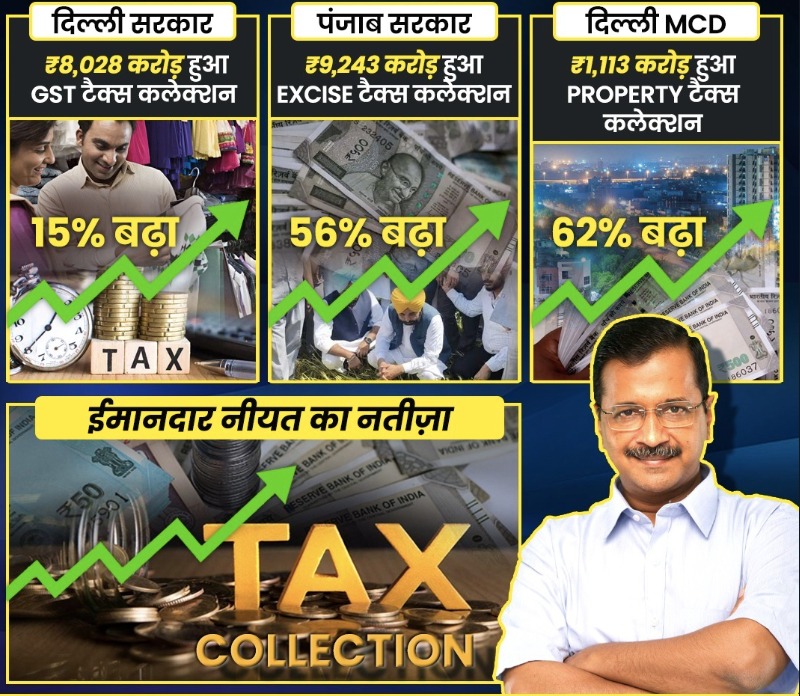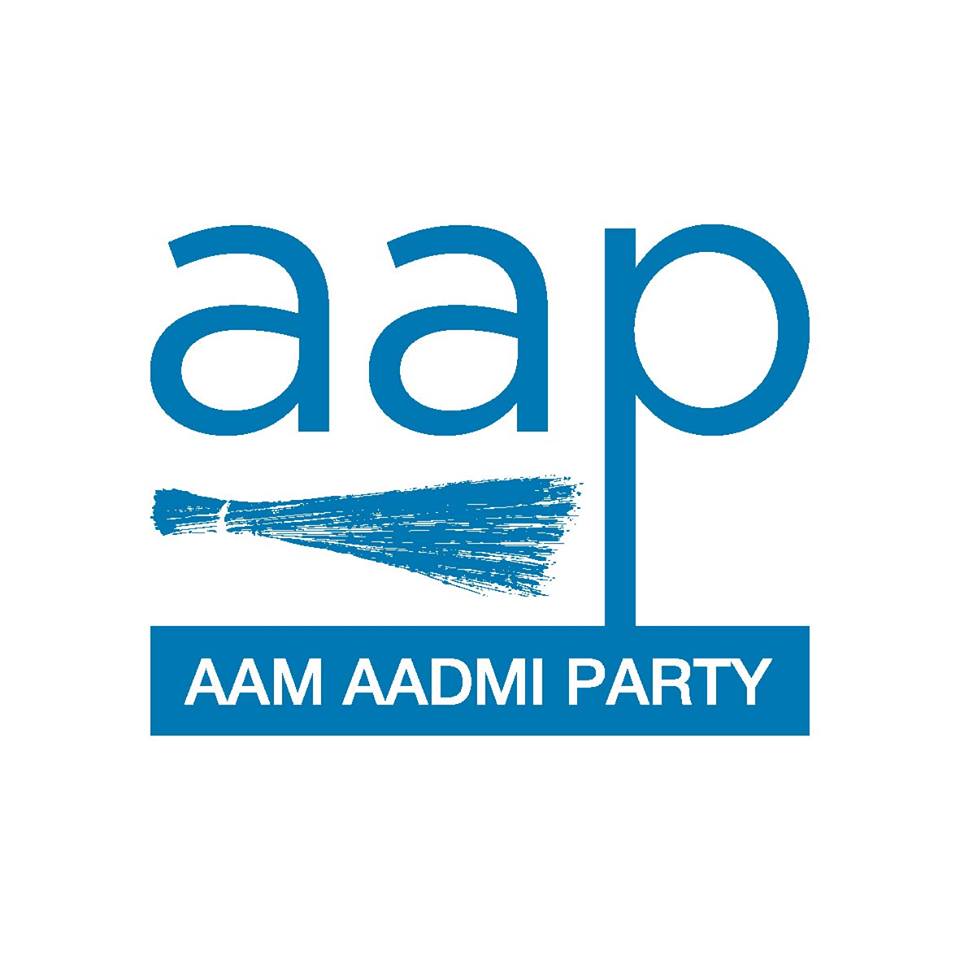The Aam Aadmi Party (AAP) government’s strategies in Delhi and Punjab have emerged as a beacon of progressive governance in India, underscored by robust tax collection figures and a streamlined approach to public service. This article sheds light on the fiscal achievements and the implications of AAP’s governance model.
A Leap Forward in Fiscal Health
In the fiscal landscape, the AAP-led Delhi government has reported a significant 15% increase in GST collection, accumulating an impressive Rs. 8,028 crores. Simultaneously, Punjab, also under the AAP, has witnessed a staggering 56% rise in excise tax revenue, reaching a total of Rs. 9,243 crores.
Moreover, the Delhi Municipal Corporation (MCD) has achieved a 20% surge in property tax collection, totaling Rs. 1,113 crores, a significant improvement given the historical struggle in this area.
The Distinct AAP Governance Framework
The exceptional increase in tax collection is largely due to AAP’s commitment to a governance model that emphasizes transparency, facilitates easy tax compliance for businesses, and stands unwavering in its fight against corruption. The establishment of a dedicated anti-corruption unit has bolstered these efforts.
More than just a revenue-enhancement strategy, AAP’s governance model ensures that the collected tax revenue is optimally utilized to drive public welfare. As a result, substantial investments in critical sectors such as education, healthcare, and infrastructure have been made possible.
Lessons for a Wider Indian Landscape
AAP’s governance approach has revealed the transformative potential of transparency and integrity in augmenting public revenue and refining public services. This model can serve as a viable template for states beyond Delhi and Punjab.
If replicated by other states, such a governance approach could instigate a nationwide upswing in tax revenue. This could potentially provide a significant stimulus to the Indian economy and dramatically improve the delivery of public services.
The fiscal achievements of the AAP government are not just milestones but form a blueprint for an efficient and transparent governance model. The core principles of this model – transparency, integrity, and a commitment to public welfare – if consistently applied and adopted by other states, could engender a wave of fiscal health and enhanced public services across India.
This model serves as a testament to the potential of a governance system underpinned by accountability and innovation, capable of strengthening public finances, elevating public services, and improving the lives of millions across the nation.


